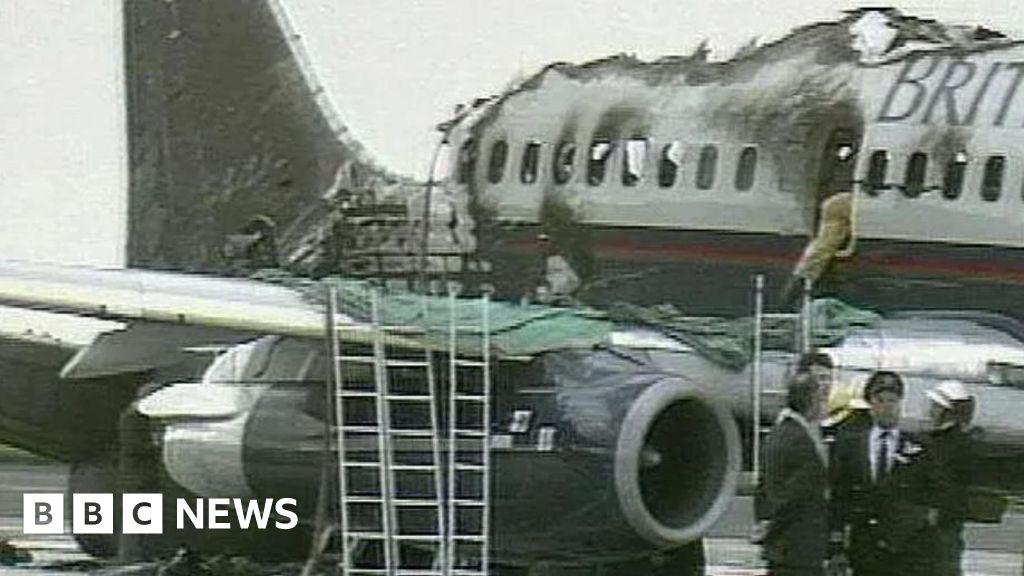News, Manchester

A disaster at Manchester Airport that claimed 55 lives was a “pivotal moment in aviation safety”, an expert has said.
A passenger jet bound for Corfu caught fire on the runway on 22 August 1985, with most victims dying from inhaling acrid smoke that poured into the cabin after one of the Airtours plane’s engines burst into flames.
The tragedy led to industry reforms, including wider exit aisles, the removal of seats next to the wings, and the installation of better emergency lighting on cabin floors.
Relatives of some who died in the disaster said while major changes had been made, aviation safety improvements needed to be continuous.

John Vincent, the chief executive of The International Federation of Airworthiness, said: “Passengers need to get out of an aircraft as quickly as possible.
“It’s a lot safer to fly in the modern generation of aircraft where lessons have been learned.”
Those affected by the Manchester Air Disaster later launched a campaign called SciSafe (Survivors Campaign to Improve the Safety in Airline Flight Equipment).
It was led by William Beckett, who lost his 18-year-old daughter Sarah, from Sheffield, in the tragedy.
He said that while there was no doubt that “flying today is much safer, there needs to be continuous attention to safety, the aviation industry should never be allowed to forget Manchester and should always be accountable”.

The report of the inquiry into the Manchester Air Disaster, published in 1989, made several recommendations, not all of which were enacted.
In addition to trying to expedite emergency evacuations, measures have been taken to buy precious extra time for those desperate to flee a burning aircraft.
Seat covers, carpets and panels in the cabin now produce less toxic smoke than was the case in 1985.
Later, airlines voluntarily introduced smoking bans on commercial flights, reducing the risk of fires.
Two of the inquiry’s recommendations were ultimately rejected, however.
Safety tests showed that smoke hoods might actually slow down evacuation efforts, while on-board sprinkler systems were also ruled out.

Due in part to a determination within the aviation sector to learn from previous disasters, according to the Civil Aviation Authority there has not been a fatal accident involving a commercial airline in the UK since the Kegworth Air Disaster in 1989, when a British Midland Boeing 737-400 crashed near the M1, resulting in the loss of 47 lives.
Emergencies such as fires on board aeroplanes are rare and various safety systems are designed to kick in when they occur.
In January 2024, an Airbus A350 carrying 379 people was in collision with another while landing at Tokyo International Airport.
Five people died in the smaller aircraft but all of the passengers and crew members on board the Japan Airlines flight made it out alive.
 PETER CHITTENDEN
PETER CHITTENDENPeter Chittenden, an aviation safety consultant, said: “Fires do still occur and evacuations do still occur but people are not getting hurt by them.
“The aircraft that people get on board today to go on holiday is a very different plane to the British Airtours 737 which was being used in 1985.”
Practical steps introduced at Manchester Airport and elsewhere since 1985 include fire engines being equipped with spikes that can puncture the fuselage of an aircraft.
This allows firefighters to spray foam inside the cabin to extinguish the flames.

Paul Chapman, who works on Black Watch at the Manchester Airport Fire Service, said today’s generation of firefighters had “learned from fire crews in the past”.
“Technology has got better with modernisation,” he said.
“Everything has grown to improve the safety of the fare-paying public at Manchester Airport.”




